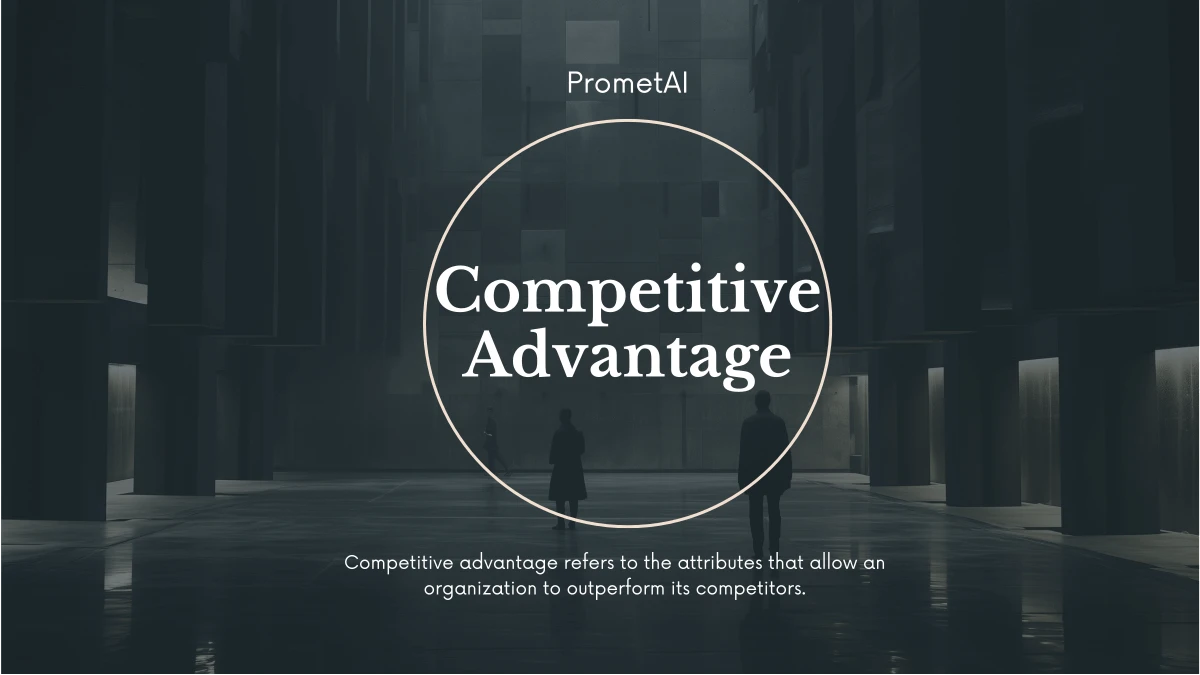Competitive advantage is what makes a business stand out in the market. Competitive advantage examples include cost leadership, differentiation, and unique product features. These examples highlight how businesses can attract and retain customers.

A strong competitive advantage differentiates a business from its competitors, driving customer preference and loyalty.
Competitive advantage can be achieved through various means such as cost leadership, product differentiation, and unique service offerings.
Sustaining a competitive advantage requires continuous innovation and a deep understanding of customer needs and market trends.
Businesses with a clear competitive advantage tend to gain greater market share and achieve higher profitability.
Leveraging proprietary technology and maintaining superior customer service are critical components of a robust competitive advantage.